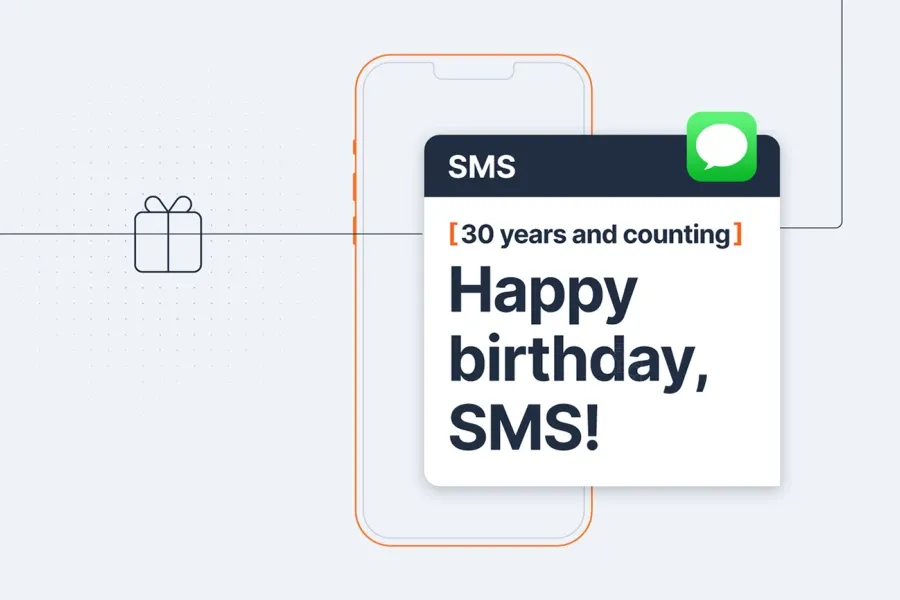LED Video Display Shipments Grew 8.3 Percent in 3Q25
Global LED video display shipments increased by 8.3% year-over-year in the third quarter of 2025, according to Omdia. It was accompanied by a 6.9% increase in revenue.

Research from Infobip shows the global popularity of Short Message Service (SMS) within customer communications, 30 years after a software programmer sent the first message on 3 December 1992. The analysis shows that despite the rise of new communication channels, SMS remains popular, with a 75% increase in use in 2022 compared to 2021.
Infobip analyzed more than 153 billion communications interactions on its platform from the first half of 2022 compared to the same period in 2021. It shows that SMS remains a top three channel in every region worldwide, including Europe, Eurasia, North America, Latin America, the Middle East, North Africa, Africa, India, and Asia-Pacific.
With the highest open rates and return on investment, analysis shows that businesses and brands continue to use SMS for timely alerts and security solutions, including two-factor authentication. What’s more, highlighting the versatility of the channel, the data also shows that SMS made up 16% of total customer engagement and marketing interactions.
Making the vast majority of this messaging possible, Infobip is the biggest chat and text communications player in the world. With hundreds of billions of messages going through its platform each year, the communications as a platform company (CPaaS) reaches more than 70% of mobile phones across the globe.
Polling more than 1,000 consumers across the U.S., Infobip’s survey found that Americans would rather communicate via SMS, Whatsapp, or another form of instant messaging (41%) than a phone call (24%). This trend was even more apparent among younger respondents — with approximately half of Gen Zers (48%) and millennials (53%) preferring messaging over calling, and Americans have fully embraced the text message as an integral tool of daily life.
The survey found that sexting is a popular pastime for many Americans. In fact, texting is an important part of romance for a solid majority of millennials (63%) and Gen Zers (61%) who have sent a sext message. The numbers decline among Gen Xers, with less than half (46%) fessing up to sexting and only a small subset (14%) of baby boomers sending salacious SMS messages.
Most men (52%) have sent a sext message, while far fewer women (38%) have sexted. Nearly half of Gen Zers (45%) have been dumped over text, compared to 38% of millennials, 12% of Gen Xers, and 4% of baby boomers. Over a quarter of millennials (26%) have received a marriage proposal via text, compared with 17% of Gen Zers, 6% of Gen Xers, and 1% of baby boomers. 27.6% of men and 18.8% of women have been dumped via text messaging. 56.3% of respondents said they text their friends more than their partner/love interest.
The survey also found that phone preferences and messaging must-haves break down along generational lines. Gen Z is the iPhone generation, with an overwhelming majority (71.8%) citing it as their favorite phone to text on. Nearly half of millennials (45.5%) feel that way about the iPhone. Gen Xers (56.9%) and baby boomers (55.6%) favor the Galaxy. The BlackBerry is officially DOA with a mere 5% or less across every generation preferring it for texting. When asked what their favorite visual to text is, approximately a third of Gen Zers (34.6%) and millennials (32.2%) chose emojis, while even greater numbers of Gen Xers (44.5%) and baby boomers (42%) favorited emojis over gifs, memes, screenshots, photos, and videos.
When asked how they prefer to receive marketing communications from their favorite brands, a majority across the generations chose email, with text messaging coming in second. Unsurprisingly, the demographics skewed younger for those who preferred to communicate with brands via messaging, with 33% of Gen Zers and 32.7% of millennials embracing the concept.
“The findings show that SMS and other chat and messaging options are the most effective means of communication at our fingertips,“ said Silvio Kutić, co-founder and CEO of Infobip. “As the way we communicate evolves, we are seeing more engagement between consumers and businesses. In the future, consumers will be increasingly connected to the brands they love, as businesses continue to meet people where they are — on their phones.“